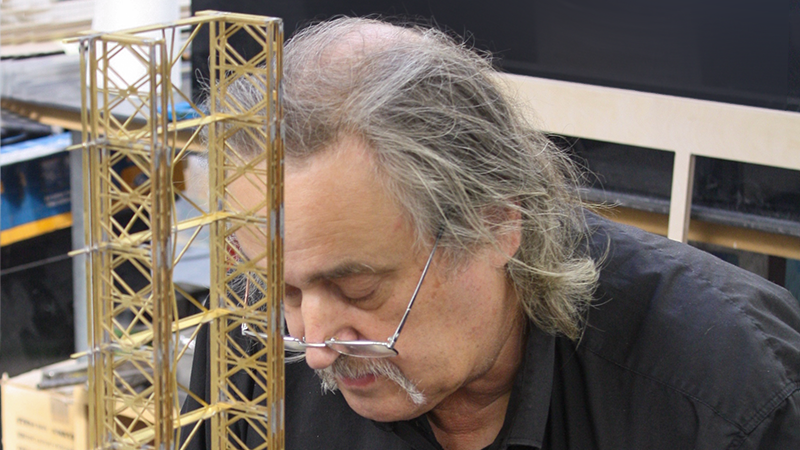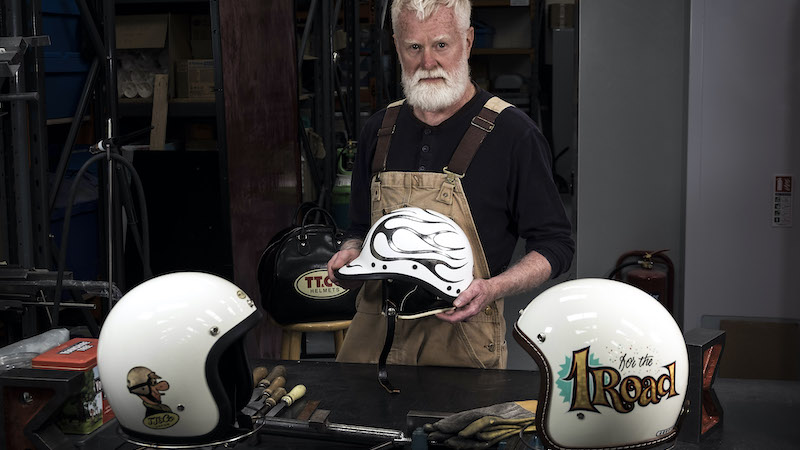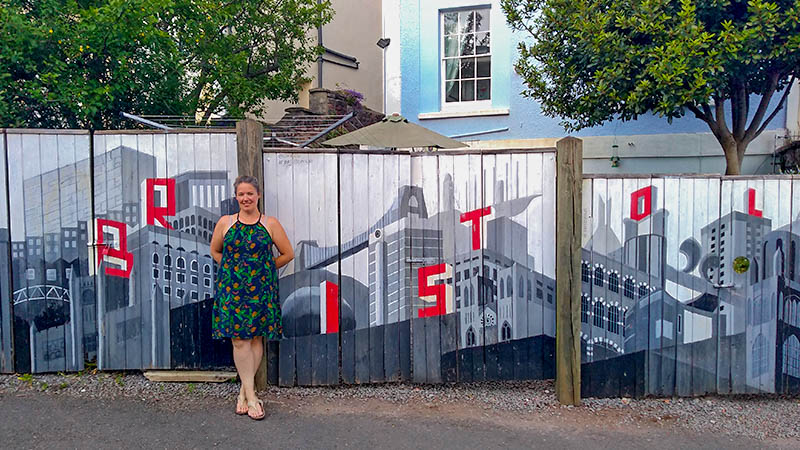Meet Mike Quarry, one of Amalgam’s engineers working on all sorts of projects. He’s been…
Spy in the Wild animatronic cameras
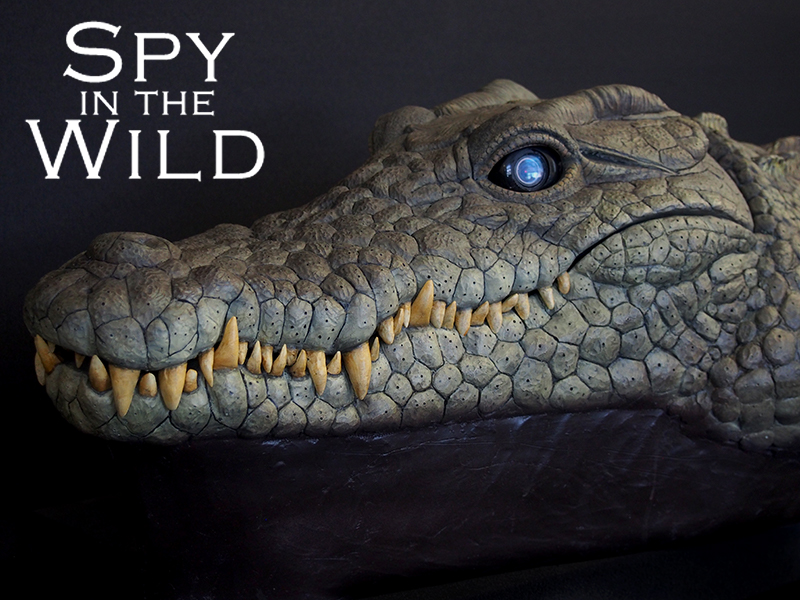
Spy in the Wild series two is now available on iPlayer. If you are a fan of wildlife programmes you have probably already seen it, but did you know that some of the amazing animatronics featured in the show were developed and produced by Amalgam? We had to keep the secret for a very long time, but now, John Downer Productions, the company behind the series, have allowed us to tell the world about our involvement in producing some of the spy creatures that were key to capturing a unique view of nature.

Series one of Spy in the Wild comprised four episodes, capturing the emotions, intelligence, friendships and mischievous sides of wild animals as filmed by Spy Creatures. Series two took a different angle, focusing on four different habitats and the inhabitants of each. The cast of animatronic creatures were built with hidden cameras inside their eyes and given lifelike movements to allow them to be accepted by the real animals they were spying on.
We were delighted to support the production team with a range of skills from our prop making and animatronics specialists. Between them they created spy tortoises, swimming spy hippos and crocodiles.
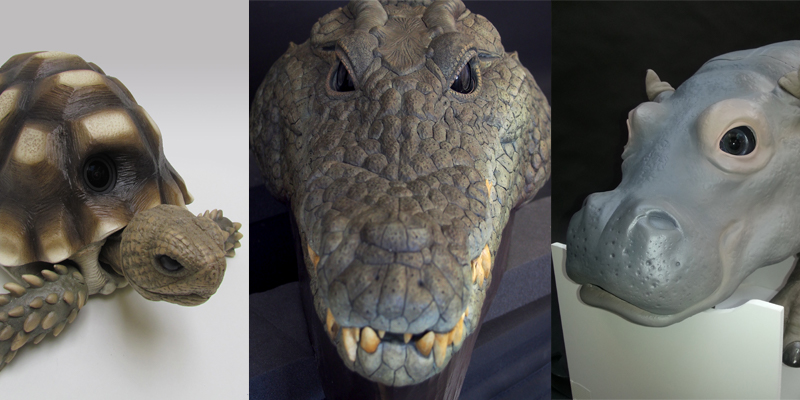
Plus a carefully designed rock cam, specifically shaped so that Capuchins would hold it in just the right position to film their faces while they used it to smash open nuts.
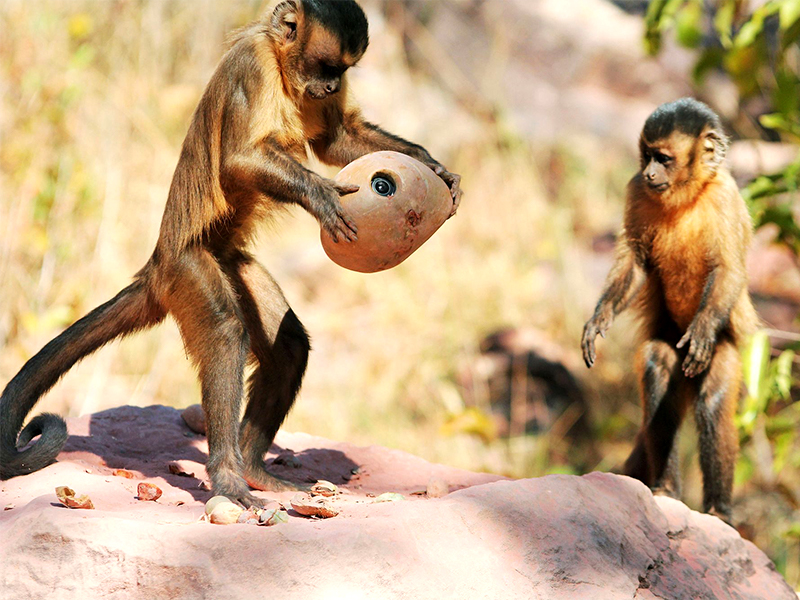
A key specification for all Spy Creatures was mechanical reliability because the film crew would need to operate the animatronics without workshop support in remote locations around the world.
With this in mind, we tested everything very thoroughly.
However, it was inevitable that these cameras were also going to get tested by their intended targets – and it didn’t always end well!
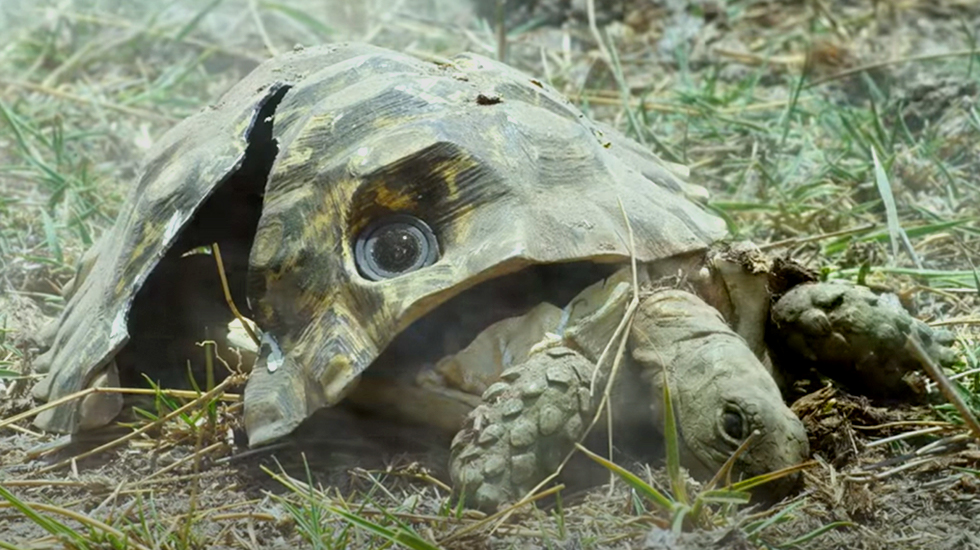
With a project like this, we had to assemble a wide-range of skills and talents into a team to solve the challenges in producing life sized animals or parts of animals, and used all our engineering, electronics, mould-making, sculpting and specialist paint finishing skills to complete the work.

Above. Our Tortoise’s eye view of a suspicious chimpanze.
As the image and video above show, we seem to have more or less convinced the real creatures that our spies were real enough to allow them to behave in a natural manner – and that, after all, was the point of them.
Finally, our thanks to John Downer and others for the use of embedded videos on this article. We loved doing this work and are always up for a challenge. What will we get asked to make next? Will it be for you?

